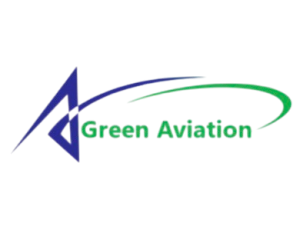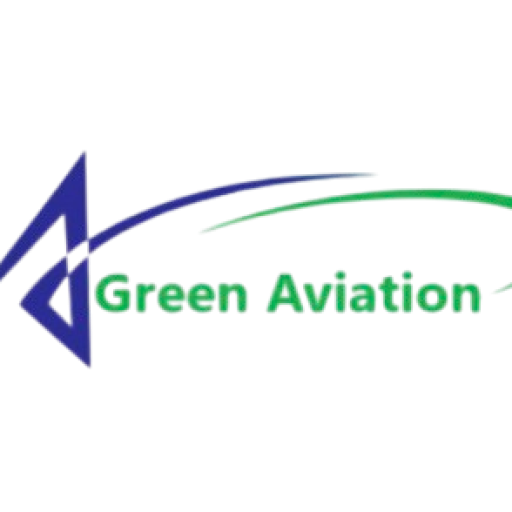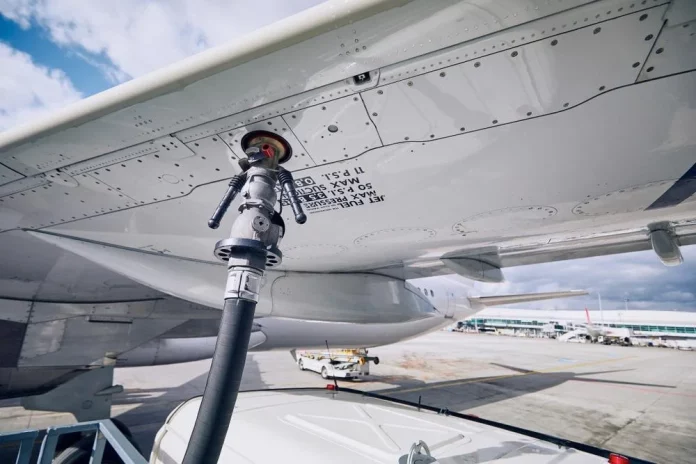This Content Is Only For Subscribers
Authors: Stephen Kramer, Gurhan Andac,Joshua Heyne,Joseph Ellsworth,Peter Herzig,Kristin C. Lewis
Publication Date: 24 July 2024
Category: SAF
Article Link: https://www.frontiersin.org/journals/energy-research/articles/10.3389/fenrg.2021.782823/full
DOI: https://doi.org/10.3389/fenrg.2021.782823
Abstract (Official): The aviation sector seeks to reduce greenhouse gas (GHG) emissions, with manufacturers and airlines announcing “zero-emission” goals and plans. Reduced carbon aviation fuels are central to meeting these goals. However, current and near-term aircraft, which will remain flying for decades, are designed around the combustion of petroleum-based aviation kerosene (e.g., Jet A/A-1). Therefore, the industry has focused on the qualification and approval of synthesized (e.g., non-petroleum-based) aviation fuel components with maximum blend limit percentages to avoid the blended fuel having properties outside the accepted ranges for Jet A/A-1. The synthesized components approved for blending are not necessarily interchangeable with Jet A/A-1. They may lack certain required chemical components, such as aromatics, or may have other characteristics outside the allowable ranges. To ensure safety, these synthesized aviation fuel components are only qualified to be used in commercial aviation when blended up to approved limits. The sector seeks to move toward the capability of using 100% synthesized aviation fuels that also meet sustainability criteria, known as sustainable aviation fuels, or SAF. However, these fuels must be developed, assessed, and deployed appropriately.
GAT Editor’s Comments: SAFs will need to be compatible with aircraft and infrastructure designed for existing petroleum-based aviation refuelling infrastructure.
Standalone fuels are expected to be qualified by 2023/2024 and 100% synthesized fuels to follow thereafter.
For SAFs to be widely adopted as an alternative, technical performance will need to be comparable.
Performance of traditional vs. SAFs need to be further studied.


